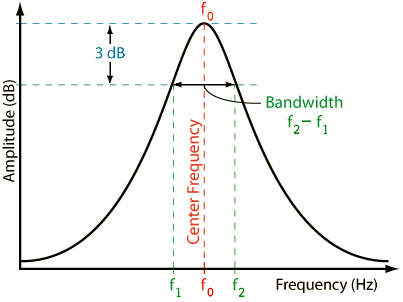Originally posted by Antigua
View Post
When it comes to the evolution of things to be analyzed we tend to get down to the fundamental elements such as in humans it is the DNA but in guitar pickups it is the LCR. However, in LCR pickup analysis we are looking for how the response graph shapes change when we change one variable such as coil turns, wire gauge, insulation thickness, dielectric constant, coil shape (tall, short or narrow, wide), core shape, core material, core size and the list can go on as long as there is some measured difference from making the variable change.
Passive pickups work in a loaded environment that consists of the pickup volume pot together with the amplifier 1 meg ohm (typical) input impedance which results in a 200K ohms load for a typical single coil and a 400K ohms load for the typical Humbucker or P90 style pickup. This resistive load is external to the R of the pickup but affects and interacts with the LC of the pickup to reduce the height of the resonance peak and broaden the bandwidth somewhat. Now add about 350 pf to represent a typical 10 ft guitar coax cable and you now shift the resonance peak frequency to a lower value closer to a value in the 2Khz to 4 Khz range. Now add a 250K or 500K pot in series with a .02 uF capacitor (tone pot on 10) in parallel with this load and you have now fully simulated the typical loading of a passive pickup mounted in a traditionally wired guitar body with passive on-board volume and tone controls.
Question: Should graphs of pickups be depicted with the pickups being measured alone or should they be depicted as measured in the typical pickup environment with the appropriate loads as suggested above? I realize that showing differences caused changing variables listed above can cause different graphs but what will the ear hear when the loading effect causes some subtleties to blend together?
If subtleties are to be preserved, some form of active buffering needs to occur either right after the pickup and before the volume pot or at the guitar end of the cable with an active device in the cable plug presenting a 5 Meg Ohm to 10 Meg ohm load to the pickup and a few K Ohm output impedance to eliminate the cable capacitance effect on the passive pickup loading. I have tied this type of device and there is a clear difference in the effect of using active buffering on the resonance frequency and peak but the pleasure of this effect is highly subjective.
I hope forum members jump in and share their opinion on this matter.
Joseph J. Rogowski



Comment